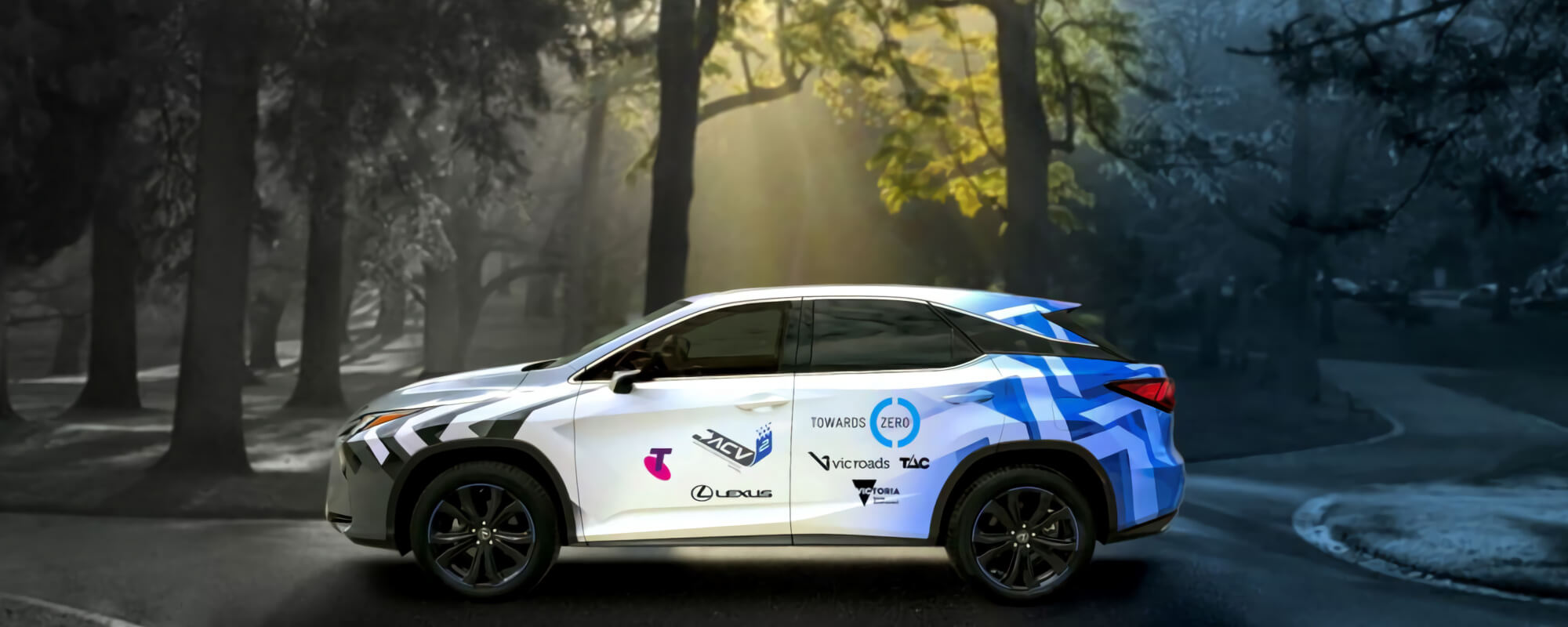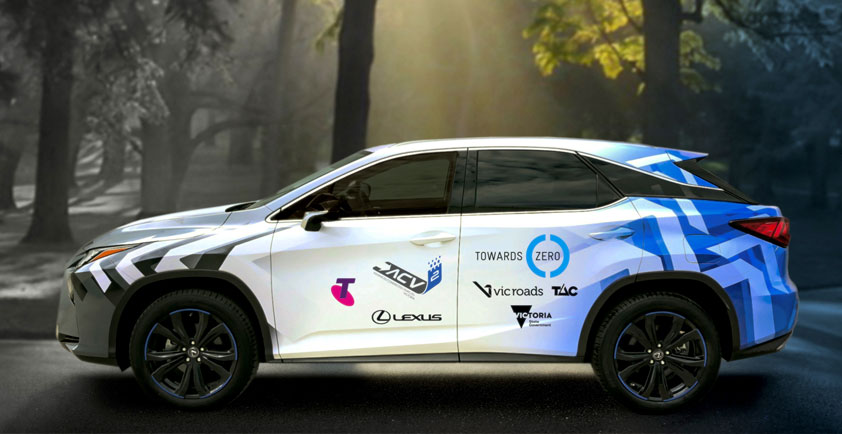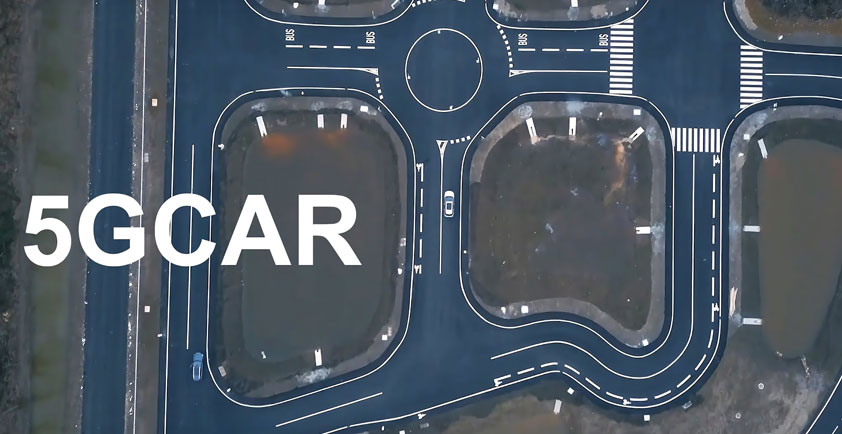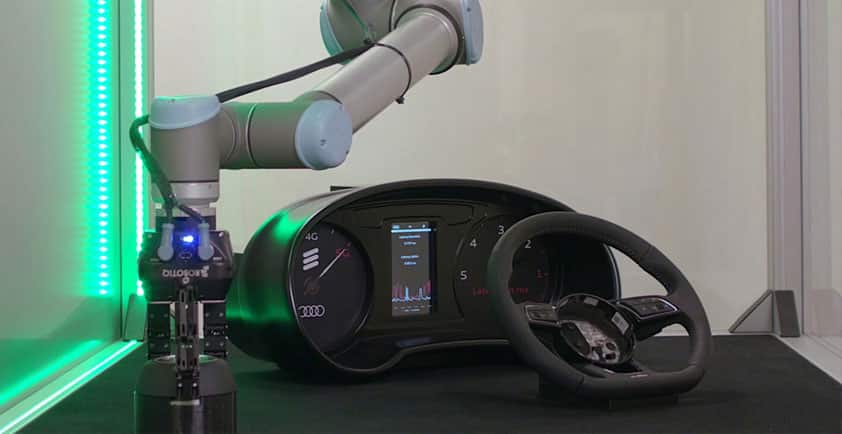

TOWARDS ZERO: CREATING SAFER ROADS WITH C-V2X
How can the cellular IoT technology improve road safety?
The automotive industry is changing. More and more processes are becoming automated, and while self-driving vehicles may be some way in the future, connected vehicle technology using 4G, and then 5G, is vital for making roads safer in the interim. We partnered with Telstra, Lexus Australia and the local Victorian government to complete a unique, Australian-first C-V2X trial that leverages the existing cellular network.
“Towards Zero” is the Victorian state’s vision to bring road deaths down to zero. Cellular technology has a role to play in this vision; human error is far more likely to cause accidents than overtly dangerous driving, which is why the development of viable Cooperative Intelligent Transport Systems (C-ITS) is an area being explored.
Telstra and Lexus Australia won an AUD 3.5 million grant from the state government, as part of the Towards Zero Connected and Automated Vehicle Trial Grants Program, to run a field trial of 4G-based connected vehicle technology. As the network partner for Telstra, Ericsson provided the cellular vehicle-to-everything (C-V2X) technology and platform from which to run the trials of different use cases.
Harnessing the existing cellular network
The use cases require near-immediate response times in order to increase safety outcomes on the road. Ericsson’s C-V2X technology was utilized in conjunction with an optimized version of the 4G network designed by Telstra to meet these low latency requirements. A high-performance quality of service (QoS) link was created within Telstra’s 4G network, giving C-V2X communications low latency and high priority. During these trials, we were able to demonstrate end-to-end latency (i.e. the full journey of data from the vehicle, through the C-V2X platform and back to the vehicle) of less than 50ms in 95 percent of trials in a test area based on Telstra’s public 4G network.


These trials have exciting potential to make a real impact on our roads, and soon, because they leverage a network that is already in place. Many connected vehicle use cases have, up until now, been envisaged to use short-range communications that require the presence of roadside units (RSUs). Telstra’s 4G network already covers 99.6 percent of the Australian population, meaning that there is no need to deploy additional infrastructure to roll out this technology countrywide. The impact of these “virtual RSUs” is huge, as the deployment of any solution over an existing network has cost, scalability and time-to-market advantages that can’t be matched.
Looking forward to 5G
These trials over 4G provide a glimpse into how 5G could shape the future of the automotive industry, as the QoS link is a precursor to the network slicing that will allow 5G to make a huge impact in many industries. The solution can be further enhanced with 5G URLLC (Ultra-Reliable Low-Latency Communication) and edge compute technology, allowing for even more sophisticated solutions, which are only theoretical today, to be realized in the future.
Automating some driving processes through systems like C-ITS could lead to greener cities through fuel conservation, increased convenience for drivers, and smarter cities overall, as well as increased safety outcomes. Just as features like parking cameras and collision radars have become commonplace, so will these technologies become a standard addition to new vehicles that will be expected by consumers. As Ericsson’s C-V2X platform is based on a standard interface, multi-OEM and multi-agency implementation is made easy. As we move towards 5G, this flexibility will be vital in allowing OEMs to scale their connected vehicle technology.













